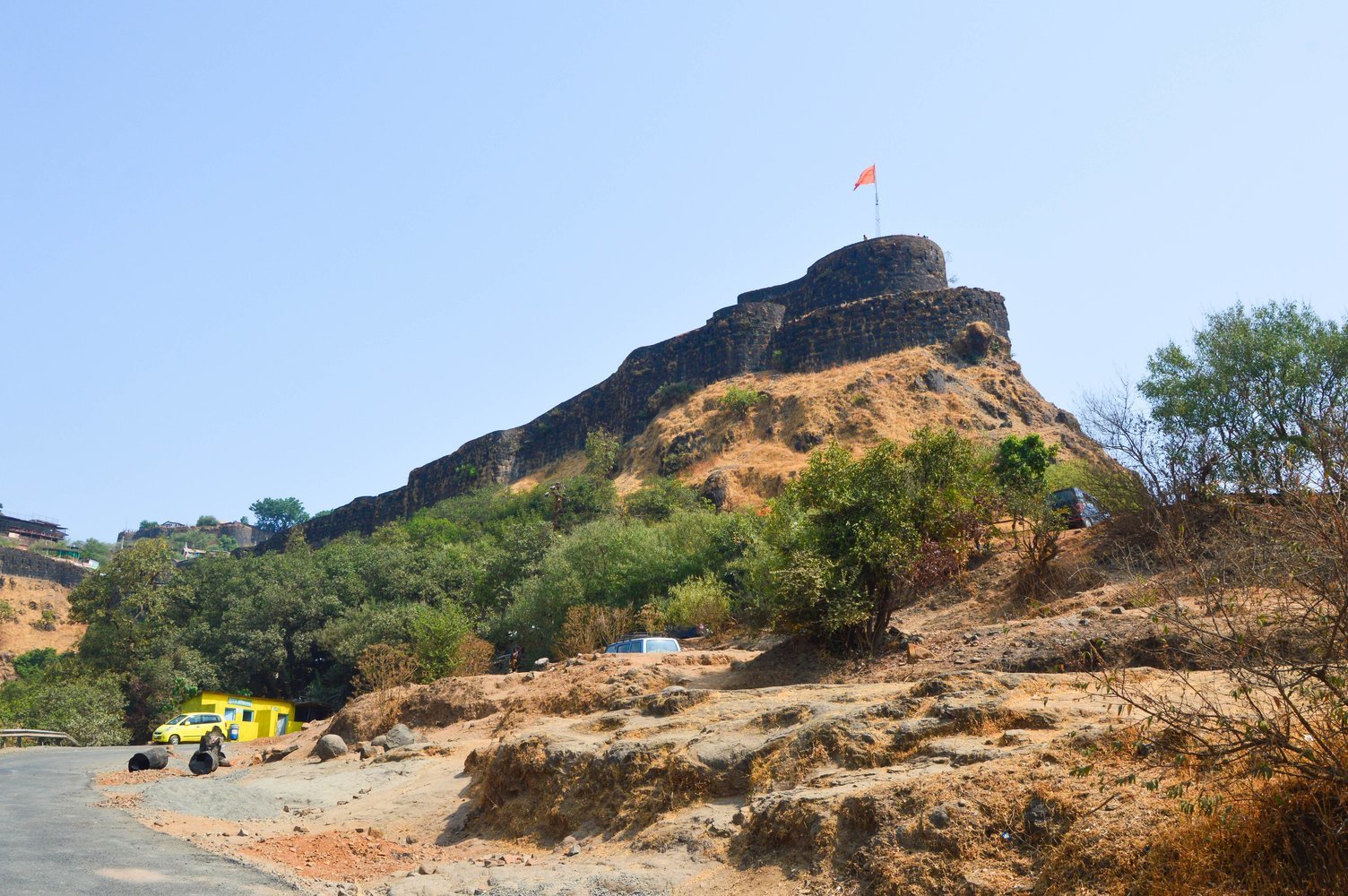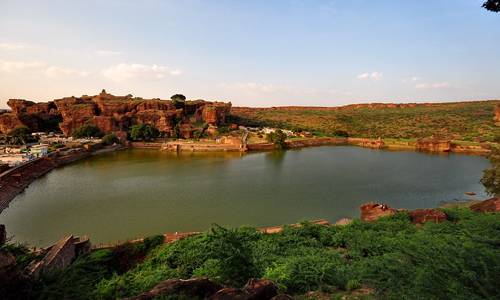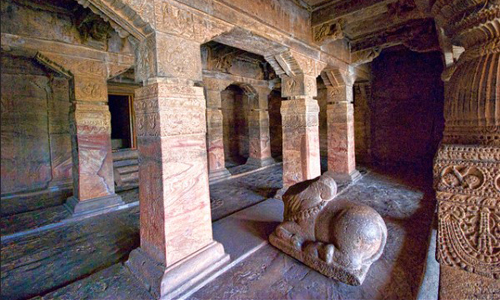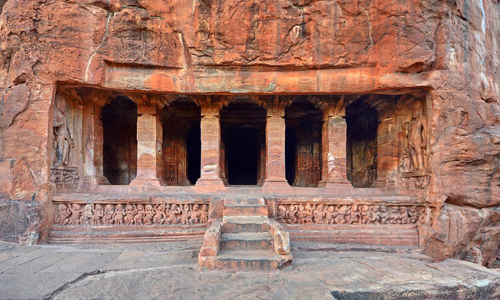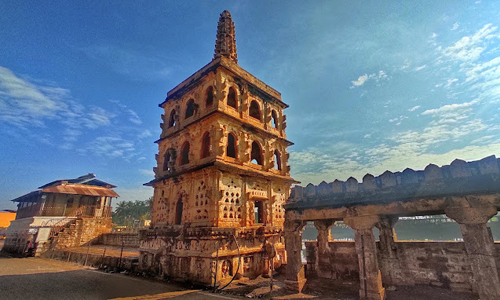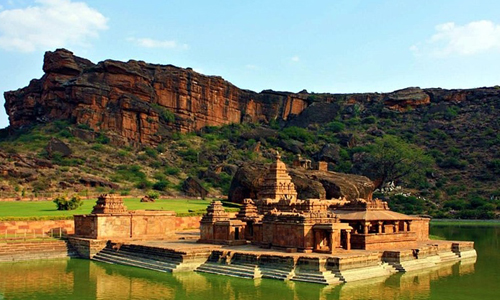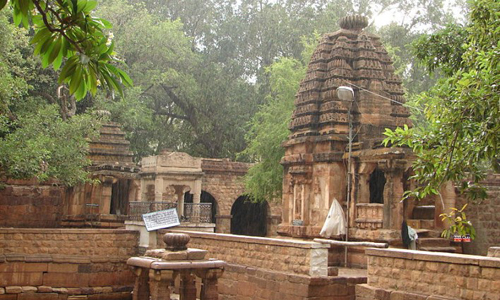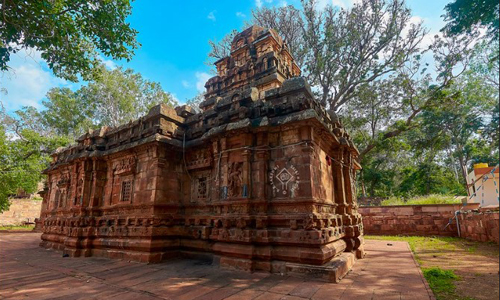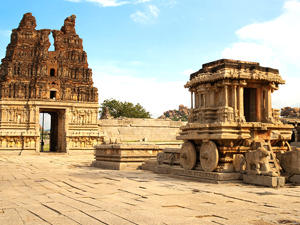It is undoubtedly one of the places to visit in Badami that is worth seeing. Badami Cave 3 is a few steps higher than Cave 2. The largest and most beautiful area of the four cave temples is this. The cave dates to 578 AD and contains depictions of Lord Shiva and Lord Vishnu in paintings and sculptures.
A long flight of steps carved out of the rock and a substantial stone entryway lead to the cave. The inscriptions found there indicate that Mangalesha was the one who built this cave. The third cave is a beautiful example of Badami Chalukya art and is roughly 70 feet wide.
The cave exhibiting the ancient paintings is notable for its delicate originality and image understanding. The artwork that portrays historical attire, jewellery, hairstyles, and ways of life from a glorious past will enthral viewers. A must-include destination if you love artists exploring during the Badami tour package.
Architecture of Badami Cave 3
The beautifully carved-out cave on the north side of the cliff has an extended collonaded front. Six enormous pillars support it.
This cave, like the first two, has three main sections. They are an open verandah, a pillared hall, and a small shrine carved into the back wall that houses the altar for the primary statue of worship. The Mahavishnu deity once worshipped in this garbhagriha is no longer there.
Although it is not as large as the caverns at Ellora or Elephanta, this one is rather large. The little shrine, or garbhagriha, extends into the rock for another twelve feet, making it seventy feet long and fifty feet deep. About fifteen feet is the average height of the cave in the Verandah and the hall area.
The wide frontage of these cave temples offered maximum light. The depth determined the maximum space that this entrance would efficiently enlighten. It is the reason for these caves' shallow depth and vast frontage.
The front square pillars separate the Verandah from the pillared hall—the rounded pillars with cushion capitals and thick vertical ridges. Circular medallions with ornate border designs adorn the outside square pillars. The mithunas in amorous stances, attitudes, and emotions are depicted in the brackets on either side of the pillars.
In this cave, the men and women are sometimes accompanied by dwarf figures as they engage in romance and a passionate embrace. In contrast, the inner side brackets feature solitary, tall female figures with one or more attendants.


